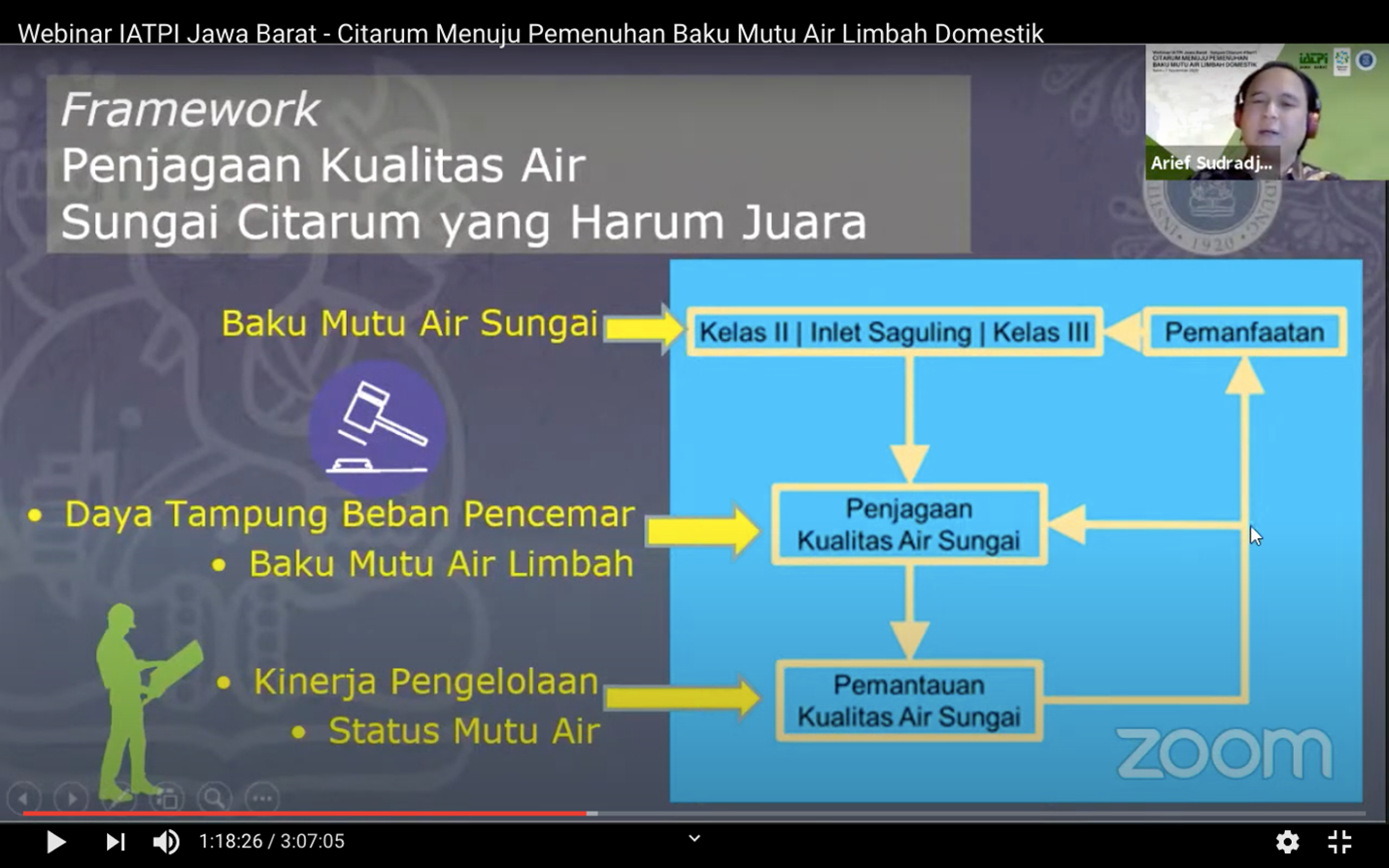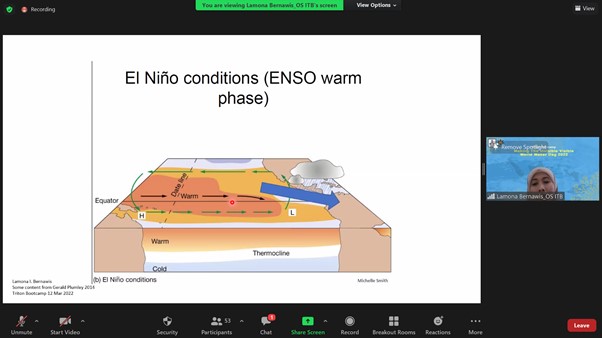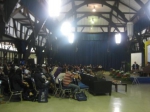Citarum Towards Fulfillment of Domestic Wastewater Quality Standards Webinar
By Adi Permana
Editor Adi Permana

BANDUNG, itb.ac.id - The Association of Indonesian Sanitation and Environmental Engineering Experts (IATPI) held a webinar with the theme "Citarum Towards Fulfillment of Domestic Wastewater Quality Standards" on November 7, 2020, through Zoom and YouTube. This webinar was started by Dr Ir. Setiawan Wangsaatmaja, M.Eng., ss the Regional Secretary of West Java Province. Also, there were two speakers, namely Boy Iman Nugraha, M.T., along with Susiani Susanti, M.T., as the Head of the West Java Department of Industry and Culture and the Citarum Harum Task Force. Not only that, but this webinar was also charged with several respondents, namely Ir. Arif Sudradjat, MIS., PhD, IPM (Environmental Management Technology KK FTSL ITB), Ir. Winarko Hadi, M.M., M.T. (Deputy Chairperson of IATPI West Java) and dr. Siska Widya Dewi Kusumah (Environmental Management Technology KK FTSL ITB).
Citarum River is the longest and largest river in West Java. This river stretches along 270 km from the district. Bandung to Kab. Bekasi. Tens of millions of residents of West Java and its surroundings depend on this river. Setiawan revealed that in the upstream part of Citarum (Cimahi City, Bandung City, and Bandung Regency). Also, there are still many practices of open defecation.
"The high behaviour of defecation and disposal of laundry waste to Citarum affects the status of Citarum water quality," he explained.Of the eight points where the water quality was tested upstream to downstream, only two points met the safe status. "Not only that, domestic waste, especially human waste, has polluted Citarum because there are many cannon-style toilets (throwing directly) from residents' toilets along the river," he added.
West Java Kadisperkim, Boy Iman Nugraha stated that the contribution of domestic waste to the total Citarum pollution reached 68% (KLHK, 2017). Domestic wastewater is wastewater from residential activities, restaurants, offices, apartments, commerce and dormitories. "We should obtain access to safe sanitation by 2030, it is necessary to stop the practice of defecation and build proper sanitation infrastructure from now on," he explained. There are several supporting infrastructures such as communal IPALs, communal septic tanks, and individual septic tanks. Those things reach more than 648 thousand heads of households (KK) and cost up to Rp. 3.2 trillion.
The Citarum Harum Task Force, Susiani Susanti, revealed that there are several technical obstacles were faced by her team. "Some of these obstacles are namely the low presence of IPAL in certain areas, IPAL operations, IPAL access only serving 30% of KK targets, and the lack of implementation of individual and communal septic tanks," she explained.
Arif Sudradjat, a member of the Environmental Management Technology Expertise Group (KK) FTSL-ITB, emphasized that sanitation needs are one of the human rights mandated by the 1945 Constitution. Arif also revealed that the population density map (human concentration) who lives around Citarum would affect the type and type of sanitation services in certain areas. "The higher the population, the complexity will also increase, and sanitation infrastructure must have high efficiency," he said

Arif also emphasized that the maintenance of water quality in the Citarum River is a collective work for society. "Therefore, the alignment of regional and central plans is important in maintaining the quality of Citarum River water, and we need support from the community, industry and government," he explained.
Siska Widya, a member of the ITB Environmental Management Technology Expertise Group (KK), revealed that the IoT could be used in monitoring the achievement of Citarum water quality target.
Siska revealed that the data collection of the Citarum restoration process from the 1990s to the present could be analyzed to make it easier for local and central governments to make decisions (restoration strategies)."Restoration can be done quickly if historical data is well managed. Environmental data such as types of pollutants, correlation of pollutant concentrations, and time are essential in Citarum restoration activities," she explained.

Siska also explained that the Environmental Management Technology Expertise Group (KK) FTSL ITB collaborated with PT. Data Optima Consultants to develop RIVERA. RIVERA contains water quality data repository of the upstream Citarum River, which is useful as data inventory, data processing and analysis, as well as reporting, and visualization. "Hopefully, data from other regions will continue to be completed so that RIVERA can help local and central governments to decide policies," she claimed.
Reporter : Billy Akbar Prabowo (Metallurgical Engineering, 2020)
Translator : Billy Akbar Prabowo (Metallurgical Engineering, 2020)

.jpg)

.jpg)
.jpg)
.jpg)

